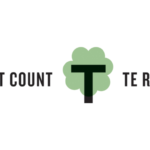Our fundamental objective is to increase native tree planting in New Zealand to enhance our unique biodiversity, by connecting funders and financial capital to planters throughout the country to enable their planting efforts. We do this at a community level with our Trees That Count marketplace which connects individual funders to small planting projects.
We’re now looking towards incentivising investment into large and iconic planting projects, where we will enable native tree planting at greater scale and greater pace.
These are opportunities for investors (which could be corporate or philanthropic) looking to improve the health and wellbeing of our people and our land in a measurable way. Projects we are currently supporting are in Queenstown, Wairarapa and Taranaki. Please contact us if you’d like to learn more about these.
Projects in progress
Te Mahere Whakato Whakaora: Ka whakaaraara te tangata, ka whakaora te wai, ka whakahoki tetaonga o Waiwhakaiho
The Restoration Planting Plan: Restore and revitalise freshwater species habitat for cultural harvesting on the Waiwhakaiho River
Ngāti Tawhirikura hapū is embarking on a four-year plan to re-connecting tangata whenua to awa Waiwhakaiho. The revitalisation of Ngāti Tawhirikura as kaitiaki empowers the community to restore mahinga kai habitats to be enjoyed for generations to come, human generations and wildlife generations.
This is the start of a project that aims to create a culturally and ecologically significant corridor from Te Papakura o Taranaki to the Moana-nui-a-Kiwa, the Tasman Sea. This four-year project will see over 40,000 trees planted in mahinga kai areas along awa Waiwhakaiho, along with annual public wananga days to engage the community to be involved with the process of restoration and kaitiaki.
As part of this project, an informal native plant nursery has been established at Ngāti Tawhirikura’s Katere marae. This modest nursery will further enable hapū members to reconnect with their whenua by learning to grow native plants to supply restoration projects in the area. The development, and the skills required for ongoing sustenance of the nursery has already resulted in significant collaboration with local growers and seed collectors including nearby nurseries, New Plymouth District Council and Department of Conservation. Furthermore, the project will create jobs of growing and supplying eco-sourced plants for the local surrounds.
Tonganui Corridors Project
Tonganui Corridors is a four-year plan to allow native flora and fauna to flourish across the southern Wairarapa basin, creating ecological corridors across what is now farmland to link up the Aorangi and Remutaka Forest Parks. The mission is to fence-off and plant native trees to re-create corridors that reconnect native biodiversity across the big south Wairarapa valley. These corridors will provide shade and shelter for biota and a permanent sink for greenhouse gases, employ and train people, and support Māori aspirations.
More than 100,000 trees are planned to be planted between 2020 to 2024. As part of this project a native plant nursery is being established at the local marae, creating jobs and supplying the trees for the project – all sourced from locally collected seed.
The project is part of a wider vision of the Pūkaha to Palliser Alliance – a collaborative, community- led initiative to restore biodiversity and connect communities across all Wairarapa. The Tonganui Corridors project involves a strong partnership between Project Crimson Trust, delivery partner Aorangi Restoration Trust, local landowners, Kohunui Marae, Ngati Hinewaka, Ngati Kahungunu ki Wairarapa, Rangitane o Wairarapa, Pūkaha to Palliser Alliance, OMV New Zealand, Ducks Unlimited, South Wairarapa Biodiversity Group, Friends of Onoke Spit, Greater Wellington Regional Council, Department of Conservation, QEII National Trust, and Victoria University of Wellington.



